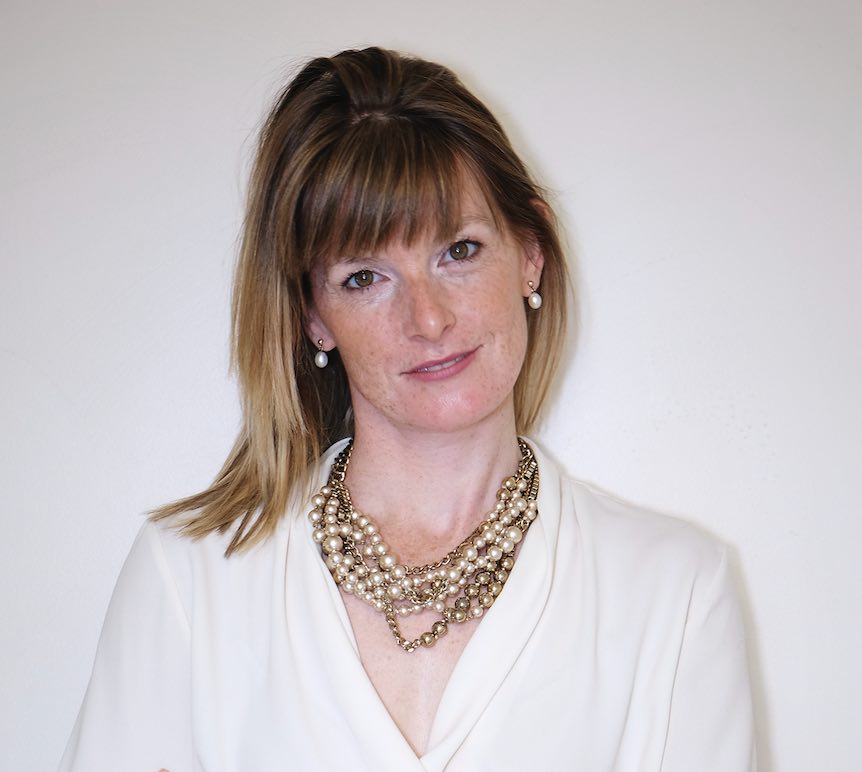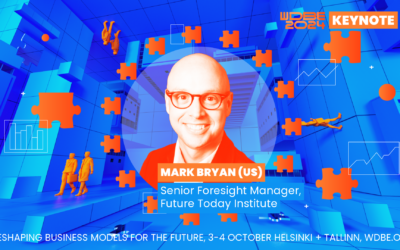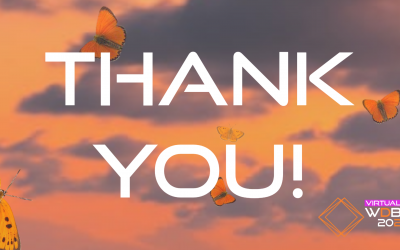Embedding Better Urban Living - An Interview with Annalise Johns

We sat down with Annalise Johns, Housing Lead of Connected Places Catapult to find out a little more about her work in the built environment, health, and regeneration. We discussed the challenges facing those operating in the industry, and what Covid-19 has revealed about how the sector is structured.
Can you tell us a bit about your background and what got you interested in design for human health?
My first master’s thesis focused on best practice liveable residential high density. I studied the Vancouver example which was one of the first places to explore the best way to extract developer contributions to maximise amenities for the local community. It’s an excellent example of embedding health into planning and how appropriate levels of density contribute to healthy communities if designed appropriately.Professionally, I’ve worked for over a decade in local government which is a system built on the principles of social equity, but it wasn’t until I was seconded to public health where I was able to connect the scientific evidence behind healthy places that dictate social determinants of health. I’ve carried that reliance for evidenced base design with me since.
What element of design do you think you’ll be focusing on in the years ahead?
It’s interesting because when I came to Catapult, they were merging their future cities and transport divisions – so I was actually creating a program for housing. We’re trying to understand what direction things should be heading in – it’s sort of a movable feast.
Basically, I’m developing a lot investigative research through different strands. One involves the typologies of homes to help us devise a retrofit kit for 2050. This prompts questions about building existing technology and ideas such as digital twins and IOT. Basically, we’re aiming to answer the questions around what an ‘IKEA version’ of a home would look like.
In short, we’re looking at what sort of technology and adaptations you would need to make your home 2050 worthy and worth living in.
How well do we you think we understand the impact of urban design on human health and well-being?
Since urbanisation sped up, many people have moved into urban scenarios. But we haven’t outlived our biological DNA and are still operating as the same creatures we were tens of thousands of years ago. We’ve clearly pushed ourselves into these scenarios and now the evidence is showing us that our current urban framework is completely deteriorating the way we function.
We know this because, globally, the rate of infectious disease has been replaced with a rise in non-communicable diseases simultaneously to our rapid urbanisation. The rise in cardiovascular disease, cancers and diabetes are the effects of our urban lifestyle and causing the premature death of 41 million people each year, equivalent to 71% of all deaths globally. These diseases are preventable if we only designed our urban places with more evidence to deliver what we need to function as human beings.
Stacking this with Europe’s ambitious climate goals, the sector seems to have a lot of work to do. How do you see the housing sector rising to meet the demand for more sustainable construction?
I think it’s difficult. The housing industry is not very innovative by nature so, for me, it’s an issue of reinvention.
For example, I watched a TED talk the other day about how BMW completely reworked their ideas about selling their products. They decided they were selling ‘mobility’, not commercial products. I think there’s something to learn there for housing – specifically the built environment. We’re selling accommodation when actually we responsible for providing an eco-system for human beings.
We really need to start valuing our approach as well as our execution when it comes to the built environment. When our business model balances environmental, economic, and human health the outcomes are more resilient and fruitful.
Existing buildings have a huge impact on energy consumption of the built environment and the well-being of the inhabitants. Can we make them perform better?
Firstly, we need to have a clear understanding of the ‘type’ of home before we can do anything about performance. We must understand what the future energy provision of that will be and across the UK. However, even if we built our 2050 home today with what we know, it’s not just going to be affordable.
Secondly, I don’t think that it will be a home that is ‘fit for the future’ because you’re still going to have to make some adaptations to account for the unaccountable. This means using materials that have zero embedded carbon and have the flexibility and smart capability to protect the occupant while providing a transparent readout of how that home is actually operating. This helps ensure our carbon levels stay low and that’s something that isn’t happening right now.
So I think we are getting there with our materials, energy supplies, and housing IOT. No one is measuring the impacts of space standards on long term health and or the toxic impacts of materials on health. Once they are, I think that will start to provide an answer.
What has the Covid-19 pandemic revealed about our urban environments and should we change something as a consequence?
One major observation is that we’ve basically recognised our infrastructure is really siloed. We’re just not agile – which is serious because climate change is ramping up. We need to be more prepared so we can protect those who are vulnerable as they are the true cost of this epidemic; we’ve failed them. We need to be combining the efforts across disciplines, that includes transport, housing, and health to address weaknesses – and strengths – with real agility.
Your work focuses on homes ‘fit for the future’. What does it mean, and what are you doing in that respect at Connected Places?
We are trying to accelerate and scale up the retrofitting of homes in the UK. At Connected Places, we are convenors. That means we’re bringing everybody together as best as we can and doing this by evidencing the way forward and supporting those budding industries to deliver the innovation to address the challenges in scaling up the retrofitting of our homes.
We’re also using the opportunity to focus on homes and healthy ageing by focusing on what the home for Generation Z looks like – what is the multigenerational home that support the vulnerable but is adaptable to the human lifecycle.
What developments in the built environment excite you most at the moment?
Whenever I hear stuff about the circular economy, that’s always interesting. For example, Circular Economy Material passport the BRE Group are is doing with the EU right now is pretty impressive. I’m fascinated by Biomimicry and the rise in building materials that are non- toxic with energy storing capabilities. The launch of the Dublin City University’s Biodesign programme in July is one I will be watching closely.
I’m curious to see what impact covid-19 will have on our approach to residential high density. Many of our towers are contrary to government standards for social distancing. Will this inspire a rethink of reconfiguring urban densities to more liveable levels? I really hope so.
Can you give us a clue about what are you going to talk about at WDBE 2020 in September?
What would you like me to talk about? (laughs) I wrote a book last year that I’ve not published on rapid urbanisation and health, it seems so relevant now. I think it’s a fascinating issue and one of the reasons I’m on the path I’m on is because I’m desperate to point out that we can design healthy alternatives into our urban environments that will make all the difference in the world.
It doesn’t need huge government regulation; it just means built environment professionals need to seek the piles of evidence illustrating how to design better cities. If you put in more green walls it affects the acoustics, increases productivity, reduces illnesses. Evidencing ‘liveable’ built environments, it’s something I can talk about ‘til the cows come home.
Annalise Johns will be one of the keynote speakers at the World Summit on Digital Built Environment 2020 organised virtually on 29th–30th September 2020. To learn more about the event and to see the full programme, click here.
WDBE2020 Updates
Digital Transformation of the Built Environment Sets New Requirements: Future Today Institute Expert Sheds Light on Future Prospects at WDBE2024 Summit
Mark Bryan, Senior Foresight Manager at the Future Today Institute, which focuses on strategic foresight, has been confirmed as a speaker for the World of Digital Built Environment (WDBE) 2024 Summit.
A message from Teemu Lehtinen on behalf of the WDBE2020 organising team
I want to thank all the amazing 522 attendees for joining us in this years’ virtual summit. I also want to thank all of our dear partners, keynote speakers and the community behind the magnificent presentations we were able to witness during our 2-day Summit.
Data guides sustainability decisions at YIT
Data and sustainability are both mega trends in the built environment discourse. Consequently, they have both been important development themes at YIT.



